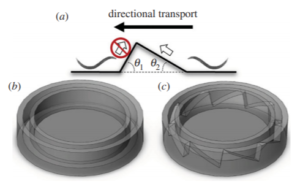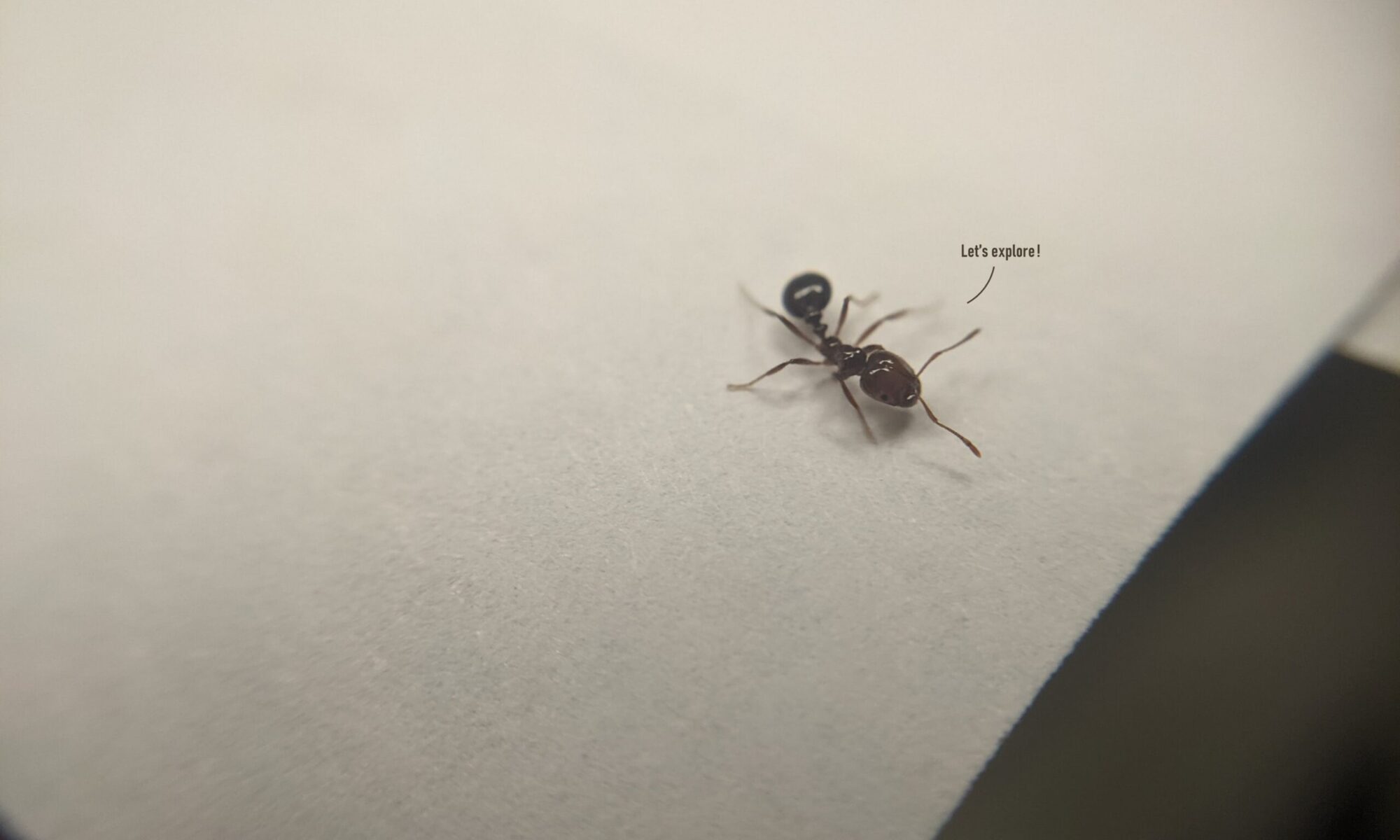[September 2015 – June 2017]
 Recently there has been a lot of research about the design, manufacture, and possible utility of microfluidics devices. To understand the flow field inside these devices, researchers need to have a very good understanding of a somewhat traditionally underrated fluid dynamics regime–Stokes flow. Stokes flow, while being deceivingly simple, possesses the unique features of time-reversibility. This creates a big challenge to micro-organisms swimming. Furthermore, the Navier-Stokes equations become highly elliptic which indicates that the wave speed is infinite and the boundary conditions can have instantaneous and significant impacts on the solution in the whole domain. This can make numerical simulations, especially fluid-structure interaction calculations, difficult. Most of the time, researchers transform the Navier-Stokes equation into a simpler formula with extra constraints.
Recently there has been a lot of research about the design, manufacture, and possible utility of microfluidics devices. To understand the flow field inside these devices, researchers need to have a very good understanding of a somewhat traditionally underrated fluid dynamics regime–Stokes flow. Stokes flow, while being deceivingly simple, possesses the unique features of time-reversibility. This creates a big challenge to micro-organisms swimming. Furthermore, the Navier-Stokes equations become highly elliptic which indicates that the wave speed is infinite and the boundary conditions can have instantaneous and significant impacts on the solution in the whole domain. This can make numerical simulations, especially fluid-structure interaction calculations, difficult. Most of the time, researchers transform the Navier-Stokes equation into a simpler formula with extra constraints.
C. elegans are popular model organisms for neurology and genetics studies. Knowling almost all the genes and neurons that they carry, researchers often use C. elegans to obtain some insights into how genotypes and phenotypes are correlated.
We carried out studies both numerically and experimentally on C. elegans’ interaction with the microfluidic environments. We were able to design and test several interesting applications based on their terrain-following behavior such as surface probing, unidirectional transport, propulsive force measurement, and automated genetic screening.
Our study has also drawn the attention of Penn News: Penn Researchers Shed Light on the Roundworm’s Curious Swimming Behavior.
The current direction focuses on the settling of C. elegans in a tube where we find indications of gravity sensing. The research can help discover the molecular-level gravity sensing mechanism. Another paper on this topic is under preparation.
Collaborators: Jinzhou Yuan, David M. Raizen and Haim H. Bau
Publication: Yuan, J., Ko, H., Raizen, D. M., & Bau, H. H. (2016). Terrain following and applications: Caenorhabditis elegans swims along the floor using a bump and undulate strategy. Journal of The Royal Society Interface, 13(124), 20160612. [pdf]
